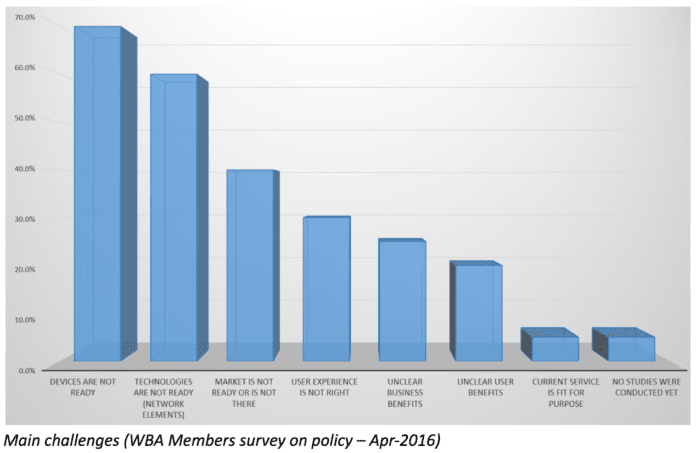The total installed base of LoRa enabled chips and nodes reach around 80 million units at the end of 2018, according to California based semiconductor company Semtech, which owns the LoRa technology and licenses the chips.
Semtech said the number of LoRa gateways is now in the “hundreds of thousands”.
New sales contributed to a 60 per cent increase, it said. The grow figure was in line with last week’s announcement from the LoRa Alliance that the total number of LoRaWAN networks has now passed 100, also representing growth of 60 per cent.
Semtech said strong growth of LoRa based networks and solutions showed LoRa is leading the IoR market, from parallel low-power wide-area (LpWa) technologies like Sigfox, as well as licensed equivalents like LTE-M and NB-IoT.
Alistair Fulton, vice president and general manager of Semtech’s wireless and sensing products group, commented: “The deployment of millions of LoRa-based end nodes or devices in 2018 further illustrates the strong momentum we’ve made in establishing LoRa technology as the de facto platform of LPWA networks.
“The rapid and global growth of the LoRaWAN-based ecosystem presents an incredible opportunity as we continue to address the diverse connectivity needs of smart buildings, smart metering, smart agriculture, smart cities, smart supply chain logistics, and beyond.”
Meanwhile, French IoT firm Kerlink, a LoRa specialist, has said its own ‘low-power IoT’ (LPIoT) reference design has been licensed by compatriot IoT firm Kaertech.
Kaertech helps design and product IoT devices for enterprises. Kerlink’s reference design gives guidance for producing low-energy, high-performance IoT devices, with optimised radio performance. Kaertech said it will accelerate time to market for developers, and cut R&D costs by up to 30 per cent.
Michael Bouffaut, chief executive at Kaertech, added: “Kerlink’s reference design system supports our objective to provide customers with an all-inclusive solution that offers R&D engineering and manufacturing services for telecommunication products, multi-media tools, electronic modules, consumer electronic goods, household appliances and industrial products.”
Didier Larrieu, vice president at Kerlink’s advanced services unit, said: “. Pairing it with Kaertech’s offerings gives large and small companies the means to quickly and reliably deploy the customised LoRaWAN applications they require.”

